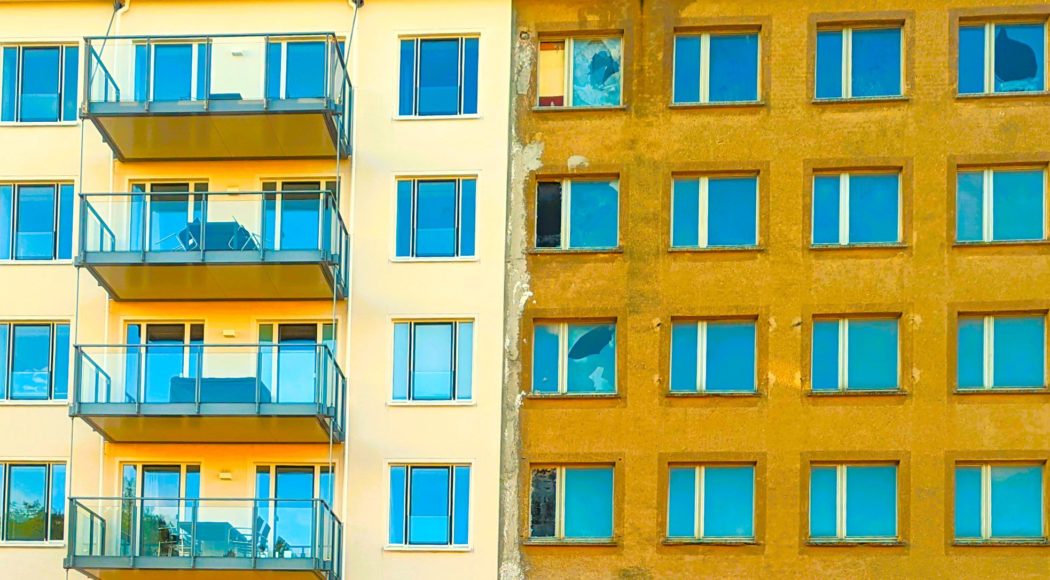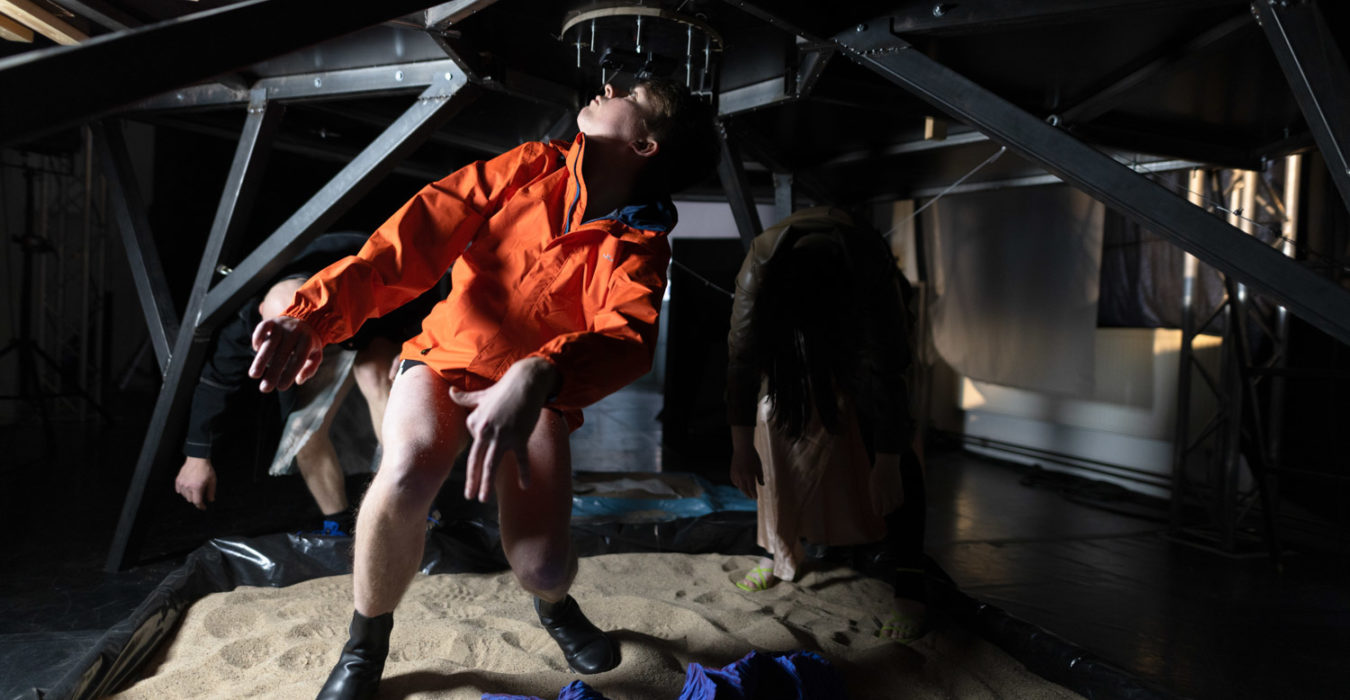“Without memory nothing will hold them back”
Three inputs on the Prora seaside resort yesterday & today: Katja Lucke, Dr. Thomas Widera, Christine Dörner
As part of their new work “Self Care Strandbefehl” fachbetrieb rita grechen would like to invite you to three contextualizing keynote talks followed by a discussion between the speakers.
From “KdF-Seebad Rügen” in Prora to “wellness paradise”
Katja Lucke
Katja Lucke, research director of the Prora Documentation Center, will provide an overview of the historical developments of the Prora seaside resort. The approximately 4.7 km long complex, planned as a “KdF seaside resort”, was built on the Prorer Wiek on the island of Rügen between 1936 and 1939 on behalf of the “NS community of strength through joy” and was largely completed in its structural shell. The intension was that 20,000 people would be able to spend a week’s vacation here at the same time and be recruited for the National Socialists’ war, living space and racial policies. During the war the history of the building is linked to forced labor imposed by the Nazis as well as acting as a training site for the police battalions. These were sent from Prora to the front lines, especially in Eastern Europe, and were complicit in atrocities. The building complex also bears witness to its subsequent use by the Soviet army as well as the NVA, which expanded the building complex into a large barracks,. In the 1980s it was the base for many construction soldiers. The complex is a protected cultural heritage site. However, the renovation projects and its current usage are changing this memorial site.
Prora and the NVA-Construction Soldiers
Dr. Thomas Widera
Owing to the dimensions of the entire military complex and the size of the construction unit, Prora and the Mukran deployment site have a special significance for the history of the construction soldiers.After construction of the strategically important military port of Mukran began in 1982, Prora was home to one of the largest construction units in the GDR. After construction of the strategically important military port of Mukran began in 1982, Prora was home to one of the largest construction units in the GDR. Dr. Thomas Widera, affiliated researcher at the Hannah Arendt Institute for Research on Totalitarianism at the TU Dresden and research associate at the Sorbian Institute in Bautzen since 2021, will talk about the history of the construction soldiers, their service conditions and contextualize them within the historical developments.
An uncomfortable Prora
Christine Dörner
For 20 years nothing happened. Today it is no longer decay that threatens the “Colossus on Rügen”, but its rebirth as a luxury property. Not only is a building structure worthy of preservation being lost, but also the legibility of the unfinished “KdF” seaside resort on Rügen. During the emerging Cold War it was converted into a large barracks and used as such until the reunification. Christine Dörner, architect and research associate at the Chair of Monument Conservation and Building History at the Bauhaus University Weimar, will use the example of Prora to illustrate the tense relationship between the culture of remembrance, monument protection, renewal and displacement in her keynote speech.
The talks will be moderated by: Dr. phil. Justus H. Ulbricht
Duration: ca. 2 h
Language: German
Katja Lucke: After studying Modern History, Philosophy and Spanish at the Technical University of Berlin and at the Center for Research on Anti-Semitism at the Technical University of Berlin, she worked as a freelance lecturer, multiplier and research assistant in the fields of education, research, documentation and exhibitions at documentation and educational institutions such as Yad Vashem (Jerusalem), the Topography of Terror Foundation (Berlin), the German-Russian Museum Karlshorst (Berlin), the Documentation Center Nazi Forced Labor Schöneweide (Berlin), the Anne Frank Center (Berlin) and the Sachsenhausen Memorial and Museum (Oranienburg). In 2015, she took over the scientific management of the Prora Documentation Center.
Dr. Thomas Widera studied Modern and Contemporary History, Economic and Social History and Sociology at the Technical University (TU) Dresden. In 2004, he received his doctorate in modern/recent history from the TU Dresden. He worked on GDR history at the Hannah Arendt Institute for Totalitarianism Research at TU Dresden and has been a research assistant at the Sorbian Institute in Bautzen since fall 2021.
Christine Dörner is a freelance architect and research assistant at the Chair of Monument Conservation and Building History at the Bauhaus-Universität Weimar. In her teaching and research, she deals with practices of monument preservation and building conservation, the exploration of identity and heritage constructions as well as uncomfortable heritage. She is particularly interested in preservation techniques, also in connection with sustainability and resource issues, as well as historical building methods and materials.
Dr. phil. Justus H. Ulbricht studied at the interdisciplinary Leibniz-Kolleg and History, German Studies and General Education at the University of Tübingen. From 1995 to 2009, he worked at the Klassik Stiftung Weimar (Department of Research and Education; Friedrich Nietzsche College); from 2010 to 2012, together with a colleague at the University of Magdeburg, he was involved in setting up the Research Center for Modern Regional History. From 2014 to 2016 he was a freelancer at the Sächs. Landeszentrale für politische Bildung and from August 2016 to December 2020 managing director of the “Dresdner Geschichtsverein” and editor of the “Dresdner Hefte”. He has been a freelancer since 1/2021. His research focuses on the history of monuments and the culture of remembrance, culture and politics in the German Bildungsbürgertum (1800 to 1950), “Heimat” and “identity”, the Völkische Bewegung, the youth movement, new religiosity in 1900, the reception of classical music, the cultural and political history of Weimar/Thuringia, Dresden’s local history in the 19th and 20th centuries.



